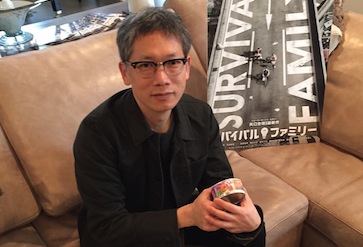Thinking over my earlier writing on wabi/sabi, I feel that I might have been a little off the mark when I said that ?no one can ?create? something ?wabi/sabi.? Please allow me to take a few steps backwards as I make my way to an explanation.
Wabi/sabi is a combination of two separate terms that originally had negative connotations. Sabi translated to rust or patina. Wabi translated to state of shabby, miserable, loneliness. Japanese poets used these ideas separately and then gradually combined them to signify a type of subtly decaying natural beauty. The point that I did not make earlier was that the wabi of wabi/sabi always involves human choice and the human perspective. Wabi is often illustrated by the image of a simple country hermitage of a solitary monk. While this hut is clean and tasteful, it is barely enough to protect the monk from the outside. However, this monk is not a poor man who is incapable of better. We should think of him as a prince who decided to leave the palace behind. Even in the dirt and squalor, his refinement and beauty cannot help showing through. Thought of in a different way, sabi is the natural process of chance and change, while wabi is the way of using that process to make something beautiful. If sabi could be thought of as soybeans fermenting in a bucket, wabi would be the miso paste a knowledgeable person can produce from it. So, just as miso soup is more than old beans and water, wabi is more than something that is old and worn. It takes the efforts of a skilled and sensitive person to make the beauty come out. It also takes a sensitive person to appreciate it. However, I feel that being wabi or wabi/sabi is something we should not overly worry about or chase after. Wabi is a natural by-product of the wisdom we accumulate from living long enough.
? Omar Francis











